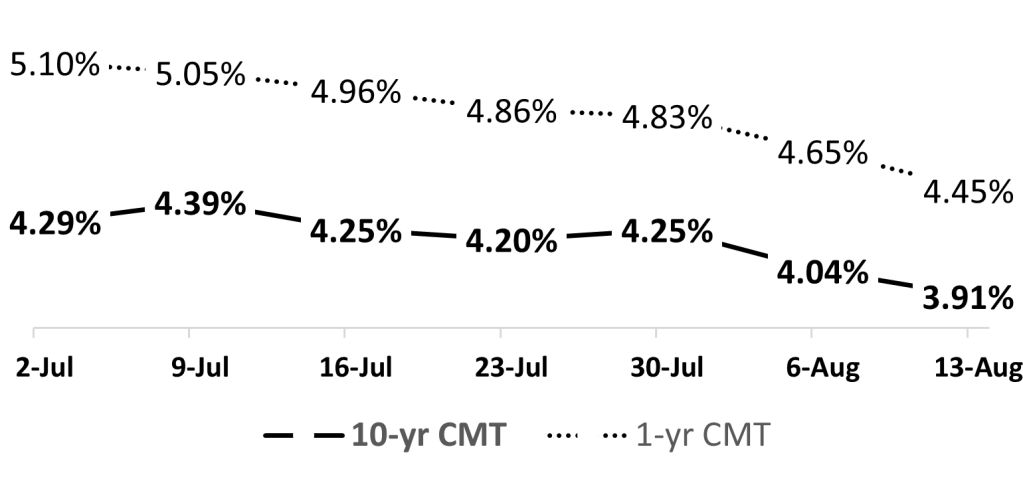As discussed in previous reverse mortgage rate updates, the federally insured Home Equity Conversion Mortgage (HECM) is the dominant reverse mortgage in America. As a result, HECM has become synonymous with reverse mortgages.
But did you know that nearly all HECMs originated today are variable-rate loans? This is in stark contrast to the traditional forward mortgage business, which is dominated by fixed-rate products.
Consider that 99.81% of HECMs originated in June 2024 were adjustable-rate mortgages (ARMs). To put this in perspective, there are currently more monthly reports of Bigfoot sightings in America than fixed-rate HECMs.
Why variable rate?
There are multiple regulatory reasons for the HECM ARM’s popularity and dominance over the past 10 years. Let’s itemize six significant advantages of the variable-rate HECM ARM over its fixed-rate counterpart:
- Security: The HECM ARM allows the borrower to leave unused funds in a line of credit (LOC). This LOC is not frozen, reduced or eliminated when market conditions change. As long as the loan is in good standing, the LOC will be available, even if the loan balance exceeds the home’s value.
- Flexibility: The HECM ARM is open-ended lending. This means the borrower can draw funds when they need them and in amounts that meet their needs. Simply borrow at any time, pay it down and borrow from it again without restriction after the first year.
- Optionality: The HECM ARM allows the borrower to change their payment plan at any time from a growing line of credit to monthly tenure or term payments. Note that requests for payment plan changes cost only $20.
- Accruals: The HECM ARM can minimize interest accruals when the borrower draws only what is needed and in small amounts over an extended period of time.
- Organic growth: The HECM ARM has increasing borrowing capacity. The available LOC will grow naturally in the borrower’s favor at the same compounded rate applied to the loan balance. This feature is unique in the world of finance. It is also the primary reason reverse mortgages are useful in financial planning.
- Prepayment growth: The HECM ARM borrower can benefit from voluntary partial prepayments. These payments will increase the HECM LOC “dollar for dollar.” They will also increase the homeowner’s equity position and could result in an IRS Form 1098 tax deduction. Borrowers should consult a tax professional before making a voluntary prepayment.
In today’s market, where many anticipate a decline in interest rates, HECM ARMs may also experience more favorable interest rates in the short term.
August 2024 update
The 10-year Constant Maturity Treasury (CMT) weekly average has dropped 38 basis points in the past 38 days. The corresponding reduction in expected interest rates for HECMs has made more funds available for new HECM applications and closings in August. This would be a great time for homeowners to revisit and update loan proposals.
The weekly average 10-year CMT of 3.91% became effective on Aug. 13, marking the lowest rate of the year to date. It has brought a sense of optimism for a third quarter that needs a boost in loan production. The 1-year CMT also followed this downward trend, as shown here:

Graphics by Dan Hultquist. This column does not necessarily reflect the opinion of HousingWire’s Reverse Mortgage Daily and its owners.
To contact the author of this story: Dan Hultquist at dan@understandingreverse.com
To contact the editor responsible for this story: Chris Clow at chris@hwmedia.com






